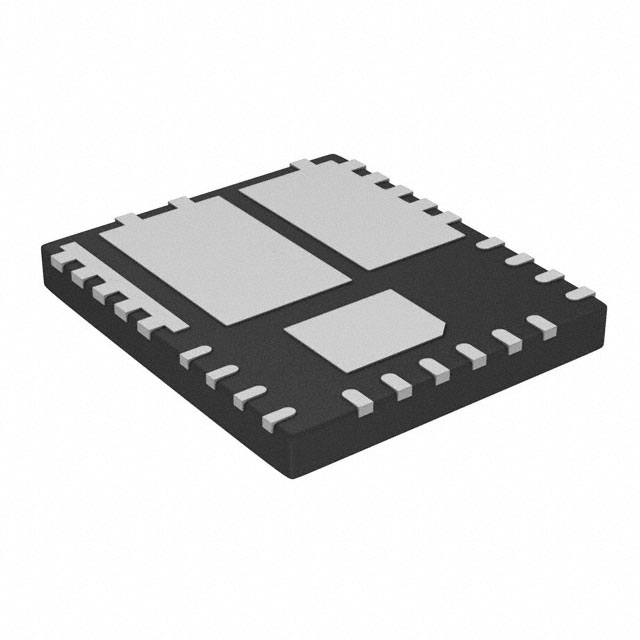µIPM™ Series, Power Driver Modules
Results:
1
Manufacturer
Series
Operating Temperature
Applications
Output Configuration
Grade
Load Type
Voltage - Load
Mounting Type
Current - Peak Output
Rds On (Typ)
Supplier Device Package
Qualification
Fault Protection
Package / Case
Technology
Voltage - Supply
Features
Current - Output / Channel
Interface
Results remaining:1
Applied Filters:
µIPM™
About Power Driver Modules
Power driver modules play a crucial role in power electronics systems by providing a physical enclosure for power components, typically insulated-gate bipolar transistors (IGBTs) and metal-oxide-semiconductor field-effect transistors (MOSFETs). These modules are designed to accommodate power semiconductors in various configurations, such as half bridge or one-, two-, or three-phase setups. The power semiconductors, or dies, are securely attached to a substrate within the module using soldering or sintering techniques. The substrate not only ensures mechanical support but also establishes electrical and thermal connections between the power semiconductors and the external system. It also provides electrical insulation where necessary to prevent unwanted electrical interactions. Power driver modules offer several advantages over individual power components. They enable higher power density, allowing for more efficient use of limited space in electronic systems. Additionally, they enhance reliability by providing a compact and protected environment for the power semiconductors, shielding them from environmental factors that could affect their performance. Another benefit of power modules is their improved cooling capability. The design of these modules often includes provisions for efficient heat dissipation, such as integrated heat sinks or thermal conductive materials. This helps to mitigate thermal issues associated with high-power operations, ensuring optimal performance and longevity of the power electronics system. In summary, power driver modules serve as physical enclosures for power components, facilitating the integration of IGBTs and MOSFETs in various configurations. These modules offer higher power density, improved reliability, and enhanced cooling capabilities compared to individual power components. By providing electrical and thermal connectivity while ensuring insulation, power modules contribute to the efficient and reliable operation of power electronics systems.

